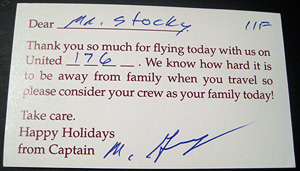I was thinking about genius the other day -- you know, how some individuals have been able to write sonatas even as they're going deaf, or understand how the world works in ways no one else has, or still throw no-hitters at age 44. And then I started thinking about skill development in general, how it seems like certain things tend to come more naturally for some, while those same people have a harder time with things that are easy for most everyone else. Generally speaking, it seems like proficiencies in one area tend to imply deficiencies in others.
That thinking led me to a theory about poker chips. Actually, it's more of a metaphor. And I should add that it's based on pretty much nothing except my own observation and imagination. But for some reason, it makes sense to me.
It goes like this. When each of us is born, we're given some amount of poker chips. There's some average across all people (let's say it's 100) and chips distribution follows something approximating a normal curve with a pretty low standard deviation. So 95% of the population gets somewhere around 90-110 chips.
But how many chips we get is just one part of it. There's also the question of what kind of chips we get. Some people get more math chips, so calculus comes easier to them; others get more music chips and magically have perfect pitch at the age of 11; others get more empathy chips and either make a lot of friends or become salesmen; and so on. I imagine the types of chips are actually finer-grained than this, but you get the idea.
The chips we get don't map directly to our talents. Rather, they map to our capacity, our potential for talent in those areas. It's up to us to then realize that potential.
This theory metaphor accounts for geniuses, who are only a small subset of the 2.5% with more than 110 chips. In that group, the real geniuses are the ones who not only get a bigger pile of chips than everyone else, but also get nearly all the same type of chip. Mozart's 200+ music chips meant he could start composing at age 5. Einstein's 200+ physics chips meant he could intuit the general theory of relativity.
For the rest of us, my sense is it's more important to figure out what kind of chips we have instead of trying to determine whether our pile has 93 chips or 107. Because in an area where we have more chips, that means we'll get a higher return on the time we invest in building that particular skill. Obviously, self-awareness is no easy feat, but it seems pretty worth the trouble to attain it.
Like I said, this is all just a product of my imagination. And I'm not sure how far this metaphor will really stretch. (We may have already reached its limits.) But it seems right to me at some level, so I thought I'd share.






